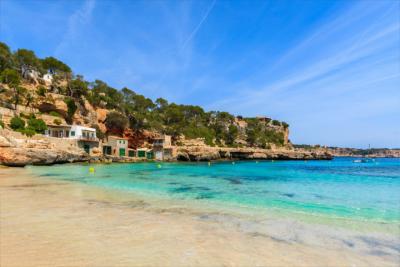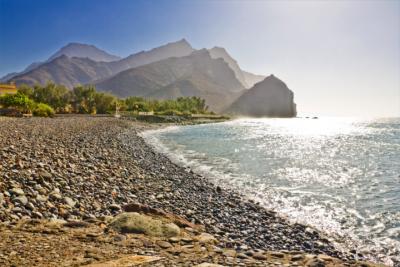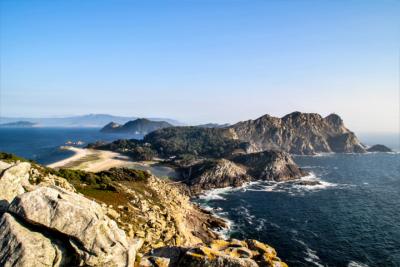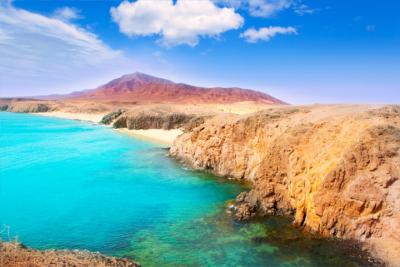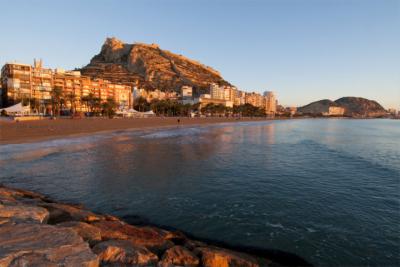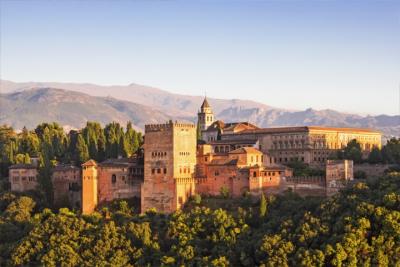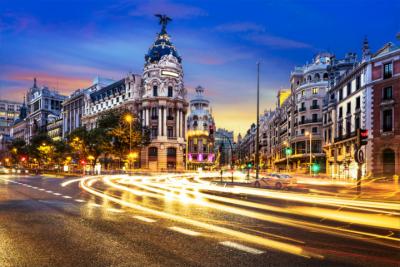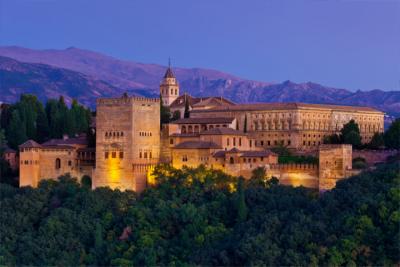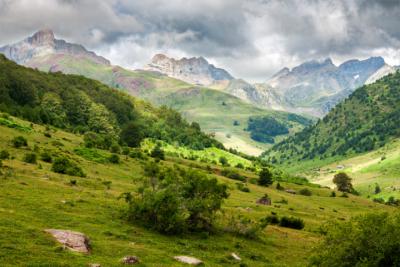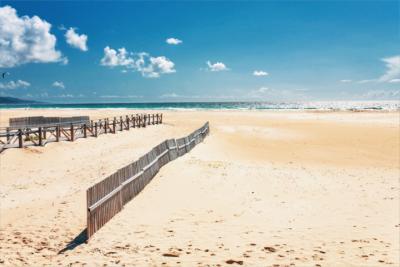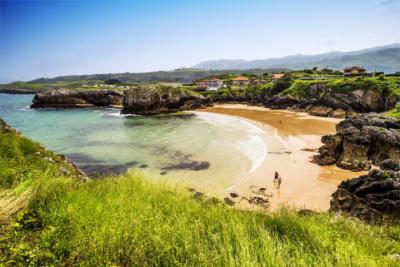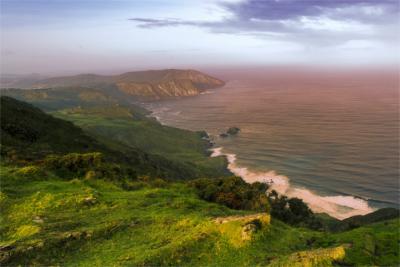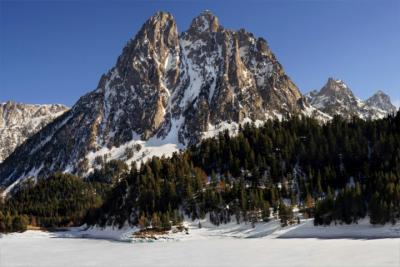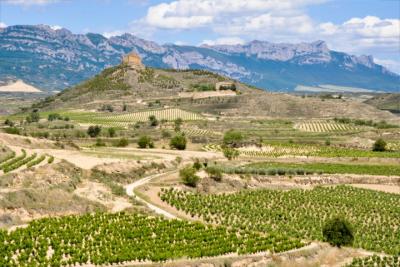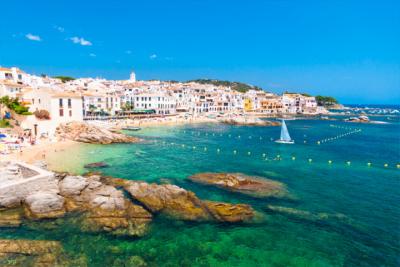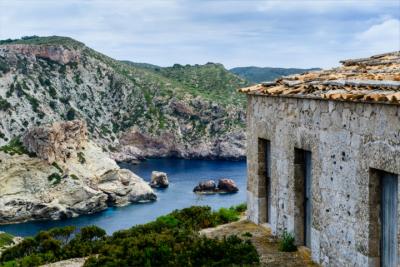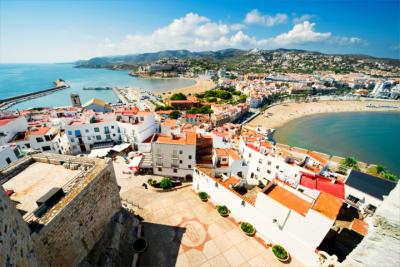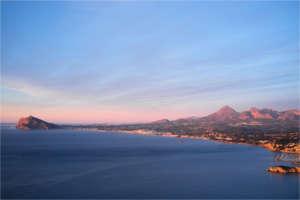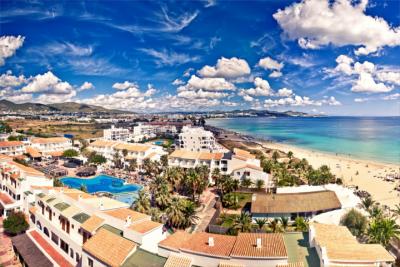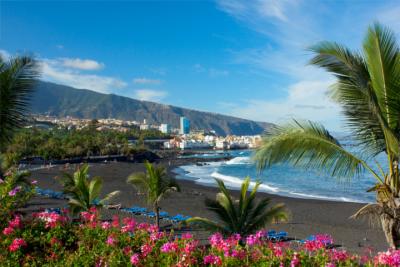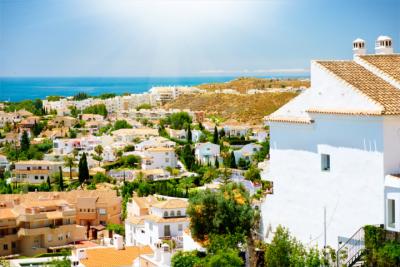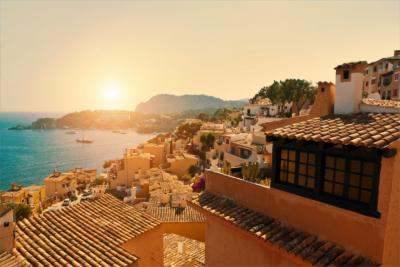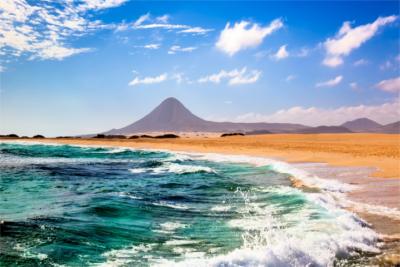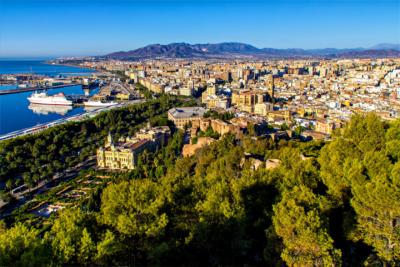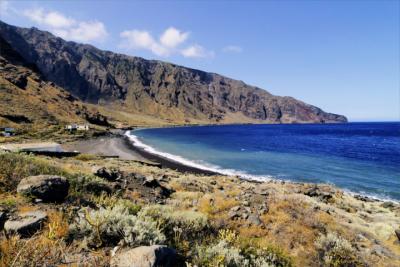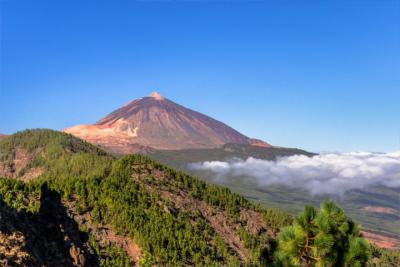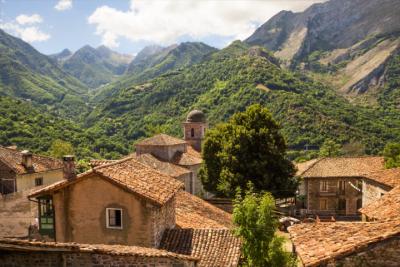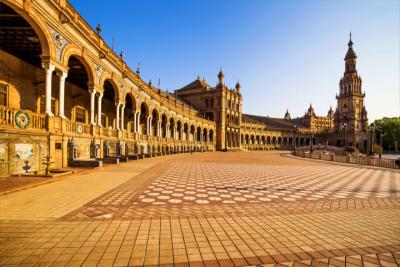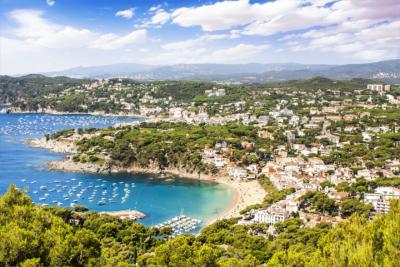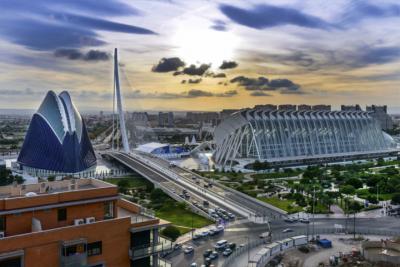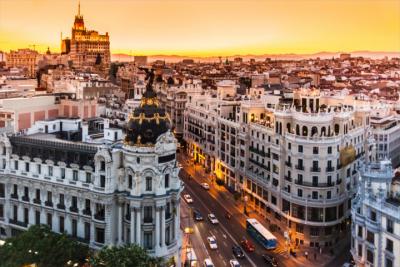Travel Offers
Travelmyne Featureprint
Distance
Extremadura - Vast and Untouched Plains
Far away from mass tourism, the main attractions and overcrowded beaches you find Extremadura, a part of Spain from bygone times. With its vast and unspoiled forests, mountains and steppes, the region is the ideal retreat for lovers of nature and holidaymakers who are seeking rest.

Geography - Spain's most native region
The autonomous community Extremadura is the fifth biggest (41,600 km²) Spanish region and one of the most native ones. Located in the south-west of the country, it borders on Andalusia in the south and on Portugal in the west. Extremadura consists of the two provinces Cáceres and Badajoz and is the most sparsely populated Spanish community with a population of only 1.1 million people (26.5 inhabitants per km²). The climate in Extremadura is very mild on most days. The region's north and south, however, are different from each other. While the south is Mediterranean, the north is dominated by continental climate with low temperatures. Except for the mountains, the winters tend to be mild and the summers very dry. The region hardly has any precipitation, apart from a bit of rain in spring and autumn.

Nature - Vast untouched forests, mountains and steppes
The landscape in Extremadura has a lot to offer, especially for lovers of nature, hikers and bird-watchers, because it is characterised by unspoiled and native nature. Travellers will see more untouched areas with holly and cork oak forests, remote mountain landscapes, vast steppes and inland waters rich in fish on their expedition through the region. With regard to landscape, there are differences between the north and the south. You find mountainous as well as well-watered and fertile strips of land in the north of Extremadura. Particularly worthwhile attractions in this part of the region are the Monfragüe National Park, the Valle de la Vera and the Valle del Jerte. The latter fascinates its visitors most of all in spring when numerous cherry trees decorate the valley with their white blossoms. The Central System (Sistema Central) with its peaks of over 2,000 metres of height and deep gorges such as the Jaranda gorge constitute the border to Castilie-León in the north of Extremadura. The region's highest peak is the Calvitero (2,425 m). South of the river Tagus (Tajo), which crosses the region, vast and dry plains dominate the landscape. Several wine-growing (D.O. Ribera del Guadiana) and olive-growing regions as well as holly and cork oak forests (dehesas), which are home to the Iberian pig (cerdo ibérico), characterise this part of Extremadura. The vast steppes accommodate a number of dams and reservoirs as well as rare and endangered species of birds (e.g. purple swamphen, western marsh harrier, heron, black stork, great bustard). In addition, you find the endangered Iberian lynx, which only lives on the Iberian Peninsula, in the south of Extremadura.

Culture - The country beyond the Douro
The name "Extremadura" originated in the time of the Reconquista (15th century) and refers to the remote southern position of the river Duoro (Extremos del Duero). This is also the period, in which many inhabitants of Extremadura answered the call of the New World and Christopher Columbus to come to fame and glory by conquering new territory in America. The region is also called "tierra de conquistadores" ("country of the conquerors") because people like Hernán Cortes (one of the destoyers of the Aztec empire) and Francisco Pizarro (conqueror of the former Inca empire) were born here. They returned from the New World with a lot of gold, most of which was given to religious institutions, palaces and monasteries. One example is the monastery in Guadalupe, which is part of the World Cultural Heritage. Time generally seems to stand still in Extremadura. Many places still look like they did in the Middle Ages. The ancient town walls, alleys and palaces of Cáceres are well-preserved cultural testimonies of bygone timesas well as listed buildings. Trujillo, Zafra and Jerez de los Caballeros have whole districts from the Middle Ages and the Renaissance, which have survived centuries almost unscathed. You can even find ruins and architectural remains of Roman times in the capital Mérida, which also belong to the UNESCO World Cultural Heritage. One of them is the Roman amphitheatre, which is the venue of the annual international theatre festival in summer. Another historical attraction is the Roman Alcántara Bridge. It is 194 metres long and 71 metres high and considered the most significant preserved Roman bridge structure on earth.
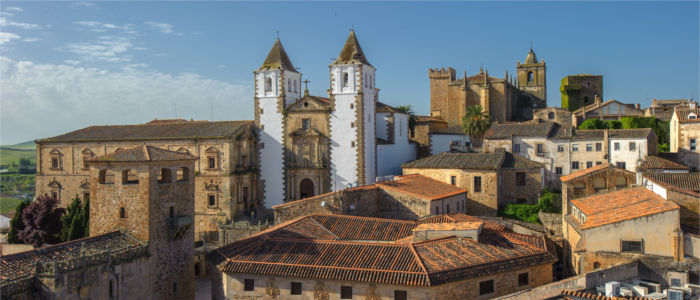
Experience - A moderate and content lifestyle
Extremadura is a rural region, which attracts visitors with its simple charm, quiet villages, simplicity and nativeness. The region has been spared from mass tourism so far and displays a placid and moderate everyday life. Despite their few means, the population enjoys life. Their simple and content lifestyle often makes a great impression on travellers. You can experience this calmness in small restaurants or authentic vaults with local dishes and drinks. One of them is the Jamón Ibérico, air-dried ham which is characterised by its strong taste and high quality. This ham is made from the meat of the Iberian pigs, which populate the mixed forests. Furthermore, you find lamb, deer and fish dishes on every menu in Extremadura.

Activities - A special experience for bird-watchers
Instead of crowds of tourists, travellers find vast, deserted and unspoiled land in Extremadura. The landscape is ideally suited for hikers, who want to enjoy the beauty of nature off the beaten path. Particularly recommendable attractions are the Mafragüe National park and the Cornalvo Nature Reserve. Extremadura is very popular with ornithologists. The region holds an enormous variety of species of birds, which you can watch in a marvellous landscape throughout the year and which you rarely see in any other part of Europe.

Information
The best time for travelling Extremadura is without doubt the spring. The temperatures are pleasantly warm and the landscape, which is covered in fruit trees with white and pink blossoms, looks indescribable. In addition, this season is the perfect time for watching the region's many native species of birds. Visitors should, however, note that most inhabitants of Extremadura do not know English. Therefore, it is helpful to have at least a basic knowledge of the national language Spanish.
Placid, native rural life, contemplation and relaxation are terms which come to travellers' minds on a journey through Extremadura. Visitors are rather looking to find nature and themselves on holiday in this region than beach, party and vibrant city life.


